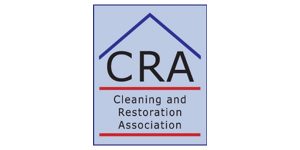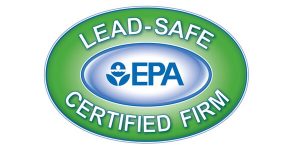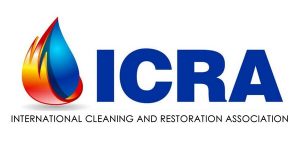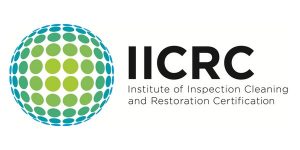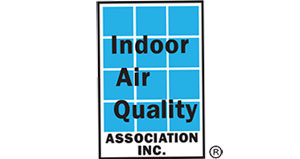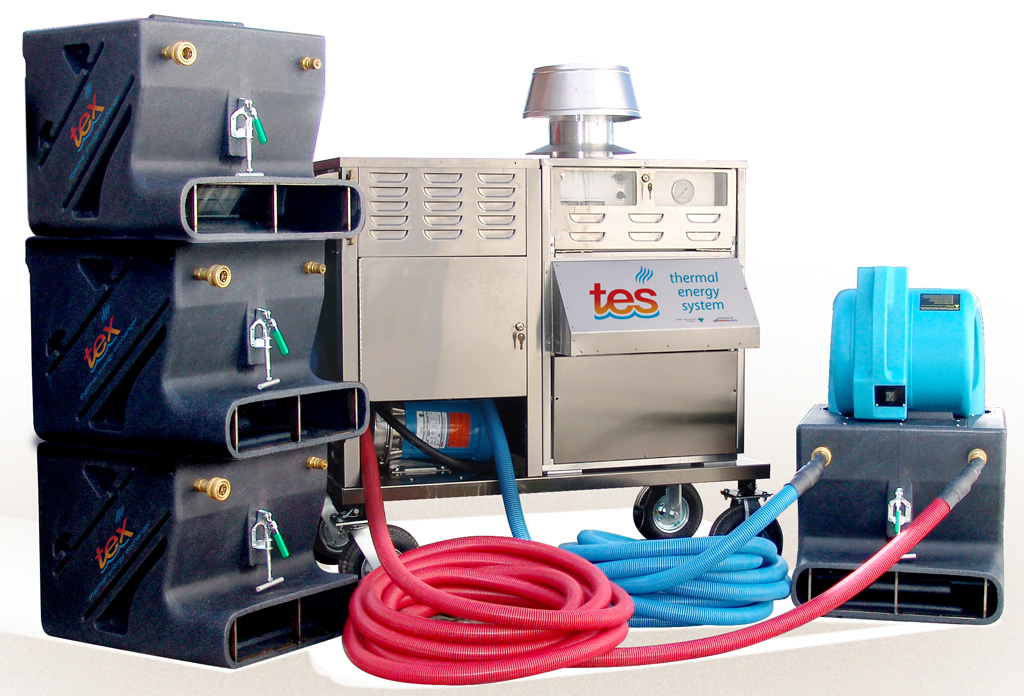
The difference between air scrubbers, purifiers, and dehumidifiers can be a bit confusing. Especially since they all improve air quality and there are combination devices. And all can make a big difference in confined spaces with limited ventilation (including basements and basement apartments) as well as in rooms with a source of moisture (such as bathrooms, kitchens, and laundry rooms). It’s often not a matter of one versus the other — each has its place, and some places can use both.
Everyday Use
Air purifiers and scrubbers make the air safer by filtering out floating contaminants. That includes common allergens such as tobacco smoke, dust, and pollen. They don’t reduce the humidity. Most use some sort of mechanical filter that needs occasional cleaning or replacement. Some further improve air quality by using ions, ozone, or UV light to kill bacteria. And some use activated charcoal filters to remove “volatile organic compounds” (VOCs) from the air. Quality products can be a huge relief to those suffering from allergies or asthma.
Dehumidifiers remove water vapor from the air, lowering indoor relative humidity (RH). That makes warmer temperatures a bit more comfortable. And it deprives mold and bacteria of the moisture they need. That can also reduce odors, and a lower RH and may also reduce problems with dust mites and other insects. So there might be some allergy relief as well, but it’s not directly removing them from the air. Refrigerant dehumidifiers work much like an air conditioner, cooling a heat exchanger to below the dew point. Moisture then condenses out of the air. Other types use adsorption by a desiccant (like those “do-not-eat” packets in some food and vitamin products) to absorb dampness. Lower indoor humidity also means less work for your air conditioner to do.
Some dehumidifiers include air filters, and a few even include HEPA (high-efficiency particulate air) filters for microscopic particles, making them dual-purpose.
TIP: Signs of high humidity include condensation on windows and “sweating” pipes and fixtures. And the musty smell of mold.
TIP: Keeping indoor relative humidity below 50% makes mold problems much less likely. You can use an inexpensive hygrometer to check out each room.
Disaster Cleanup
The difference between an air scrubber and a purifier is basically a matter of capacity and intended use. In our own work, we use air scrubbers to remove smoke and toxins after a fire as well as to prevent the spread of mold spores and contaminants during mold removal. We use commercial-grade refrigerant dehumidifiers for carpet drying and structural drying as part of water damage mitigation.
Commercial air scrubbers use a pre-filter followed by a HEPA filter to remove all the way down to microscopic particles. Some use static electricity to filter, and some use activated carbon to remove a range of gasses and chemicals as well. That assures that smoke and its toxins, as well as mold spores and contaminants, dust, lead, asbestos, chemical fumes, and other nasties, don’t contaminate the rest of the home or business. We also use commercial fans and air movers to keep particles stirred up and in the air so that the scrubber can remove them. Our experts may also add ducting and plastic barriers to create negative air pressure in our work area. That keeps air moving into the problem area, and not out of it.
Our commercial refrigerant dehumidifiers are designed specifically for structural drying and each unit can remove as much as 30-40 gallons of water per day. That’s the amount in a full water heater. They operate over a wide range of temperatures to assure their ability to draw out dampness from deep within the building.
In Brief
- Air scrubbers and purifiers remove airborne allergens such as dust, pet dander, pollen, and smoke. Some even remove odors and kill bacteria. But they don’t reduce indoor humidity that may have lead to those contaminants in the first place.
- Dehumidifiers remove moisture that promotes the growth of mold, bacteria, and some types of insects. So in addition to improving comfort, they can help reduce some problems at the source. But unless the product description explicitly says so, they don’t filter out tiny particles of contamination.
Purifiers and dehumidifiers come in a wide range of sizes, from small portable units for a single room to the 100+ pound units we use. It’s worthwhile making sure you have the right capacity for the size of the room, current humidity levels, and the level of ventilation. They’re also available in whole-house models that install as part of your central AC.



